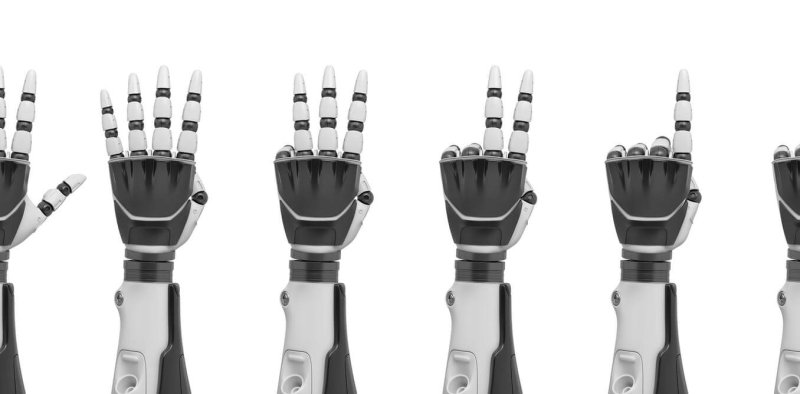Training software that emulates brain networks to identify dog breeds or sports equipment is by now old news. But getting such an AI network to learn a process on its own that is innate to early child development is truly novel. In a paper published [May 8] in Science Advances, a neural network distinguished between different quantities of things, even though it was never taught what a number is.
The neural net reprised a cognitive skill innate to human babies, monkeys and crows, among others. Without any training, it suddenly could tell the difference between larger and smaller amounts—a skill called numerosity, or number sense. Many believe number sense is an essential precursor to our ability to count and do more complex mathematics.
…
The neural network even made similar mistakes to ones that a human brain made. It had more difficulty distinguishing between numbers that were closer together, like four and five, than ones that were farther apart, like four and nine. It also struggled with distinguishing larger numbers (20 and 25), compared with smaller ones that are the same distance apart (one and six), just like humans do.
Read full, original post: An AI System Spontaneously Develops Baby-Like Ability to Gauge Big and Small































